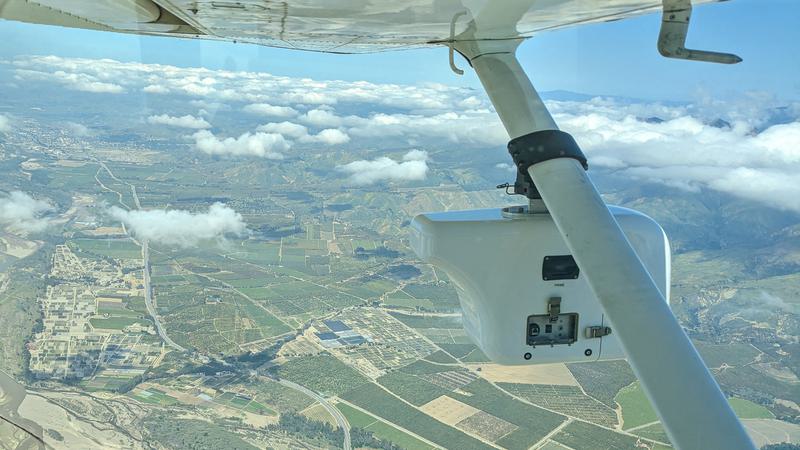The Economist: New technology can help monitor, manage and minimise methane leaks

The Economist featured Kairos Aerospace in an article on methane emissions technology. This article appeared in the Technology Quarterly section of the print edition under the headline “Low-hanging fruit”. View a preview of the article below and click here for the full version.
New Technology Can Help Monitor, Manage And Minimise Methane Leaks
More or less every day, several light aircraft operated by Kairos Aerospace take off from an airport in Odessa, Texas, right in the heart of America’s Permian basin — and thus of its shale-oil and ‑gas industry. They fly low, at about 1,000 metres, their cameras scanning what passes beneath them. But they are not looking at the ground. They are looking at the air just above that ground. They are designed to detect the tell-tale infrared signature of methane as it escapes from leaks at wells, along pipelines or in storage facilities. Every day they find some. “We can image the plumes directly, tell you how big they are, and exactly where they are coming from,” says Steve Deiker, the firm’s co-founder.
Between October 2018 and January 2020, Kairos flew a systematic series of missions over the 36,000 square kilometres of the Permian that lie in New Mexico. It took multiple pictures of 90% of the 26,000 wells in the area and 15,000km of pipeline. In a paper published this March researchers from Stanford with access to that data estimated that the amount of methane being lost to the atmosphere was equivalent to just over 9% of the methane being produced. Roughly one tonne of methane was being lost for every nine tonnes that were not.